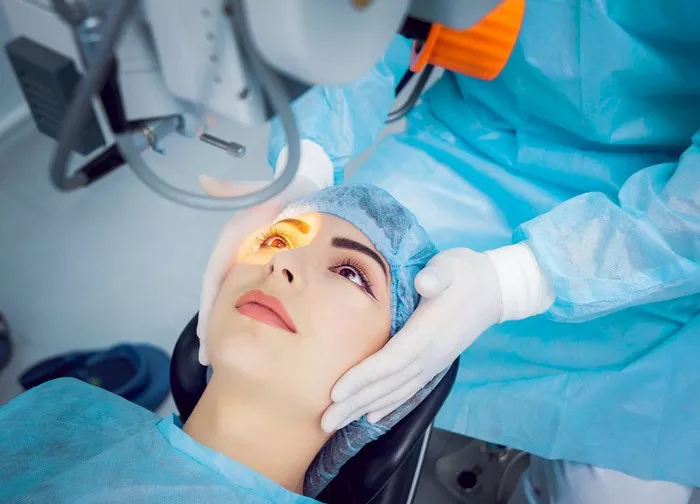Pigmentation is a common skin condition that affects people of all ages and skin types. It is characterized by the appearance of dark spots or patches on the skin, which can be caused by a variety of factors. Pigmentation can be a source of concern for many people, as it can affect their appearance and self-esteem. This article aims to explore the causes of pigmentation, the different types of pigmentation, and the various treatment options available to those who suffer from it.
What is Pigmentation?
Pigmentation is a condition that affects the color of the skin. It can cause dark spots or patches to appear on the skin, which can be unsightly and affect a person’s self-esteem. Pigmentation can be caused by a variety of factors, including genetics, sun exposure, and hormonal changes.
Types of Pigmentation:
There are several types of pigmentation that can affect the skin. These include:
Melasma: Melasma is a type of pigmentation that is caused by hormonal changes. It is most commonly seen in women who are pregnant or taking birth control pills. Melasma usually appears as dark, symmetrical patches on the face.
Post-inflammatory hyperpigmentation: Post-inflammatory hyperpigmentation is a type of pigmentation that is caused by inflammation or injury to the skin. It is most commonly seen in people who have acne or eczema. Post-inflammatory hyperpigmentation usually appears as dark spots or patches on the skin.
Age spots: Age spots, also known as liver spots, are a type of pigmentation that is caused by sun exposure. They usually appear on the face, hands, and arms and are more common in older people.
Causes of Pigmentation:
There are several factors that can contribute to the development of pigmentation. These include:
Genetics: Pigmentation can be inherited from parents. Some people are more prone to developing pigmentation due to their genetic makeup.
Sun exposure: Sun exposure is one of the most common causes of pigmentation. The UV rays from the sun can damage the skin and cause dark spots or patches to appear.
Hormonal changes: Hormonal changes, such as those that occur during pregnancy or menopause, can cause pigmentation to develop.
Inflammation or injury to the skin: Inflammation or injury to the skin, such as that caused by acne or eczema, can lead to the development of pigmentation.
Medications: Certain medications, such as antibiotics and anti-seizure medications, can cause pigmentation to develop.
Treatment Options for Pigmentation:
There are several treatment options available for pigmentation. These include:
Topical treatments: Topical treatments, such as hydroquinone, retinoids, and kojic acid, can be used to lighten pigmentation. These treatments work by inhibiting the production of melanin, the pigment that gives skin its color.
Chemical peels: Chemical peels can be used to remove the outer layer of skin, which can help to lighten pigmentation. Chemical peels can be done at different depths, depending on the severity of the pigmentation.
Laser therapy: Laser therapy can be used to target and destroy the melanin-producing cells in the skin. This can help to lighten pigmentation.
Microdermabrasion: Microdermabrasion involves using a special tool to remove the outer layer of skin. This can help to lighten pigmentation and improve the overall texture of the skin.
Cryotherapy: Cryotherapy involves freezing the pigmented area with liquid nitrogen. This causes the pigmented cells to break down and be naturally removed by the body.
Intense pulsed light (IPL) therapy: IPL therapy uses high-intensity pulses of light to target and destroy the melanin-producing cells in the skin. This can help to lighten pigmentation.
Prevention of Pigmentation:
There are several steps that can be taken to prevent the development of pigmentation. These include:
Sun protection: Wearing sunscreen and protective clothing can help to prevent sun damage and the development of pigmentation.
Avoiding hormonal changes: Avoiding hormonal changes, such as those that occur during pregnancy or menopause, can help to prevent the development of pigmentation.
Treating skin conditions: Treating skin conditions, such as acne and eczema, can help to prevent the development of pigmentation.
Eating a healthy diet: Eating a healthy diet that is rich in antioxidants can help to prevent the development of pigmentation.
Avoiding certain medications: If possible, avoiding medications that are known to cause pigmentation can help to prevent its development.
Conclusion:
In conclusion, pigmentation is a common skin condition that can be caused by a variety of factors. There are several types of pigmentation, including melasma, post-inflammatory hyperpigmentation, and age spots. Pigmentation can be caused by genetics, sun exposure, hormonal changes, inflammation or injury to the skin, and certain medications. There are several treatment options available for pigmentation, including topical treatments, chemical peels, laser therapy, microdermabrasion, cryotherapy, and IPL therapy. Prevention of pigmentation can be achieved through sun protection, avoiding hormonal changes, treating skin conditions, eating a healthy diet, and avoiding certain medications. As always, it is important to consult with a dermatologist to determine the best course of treatment for individual needs.


